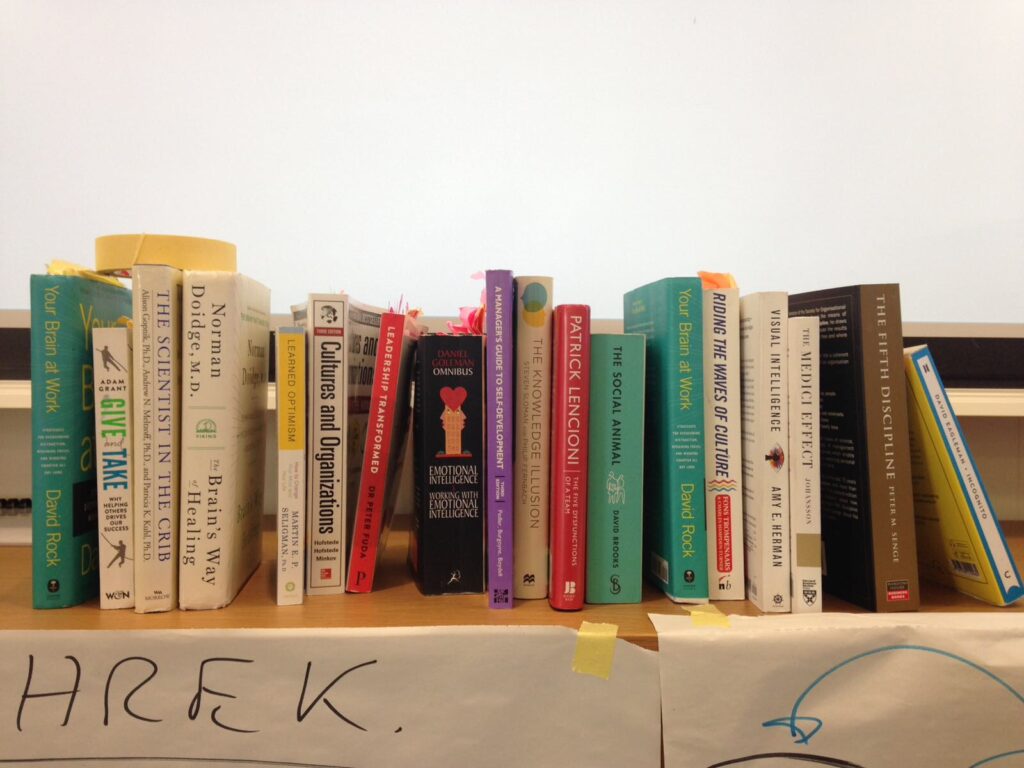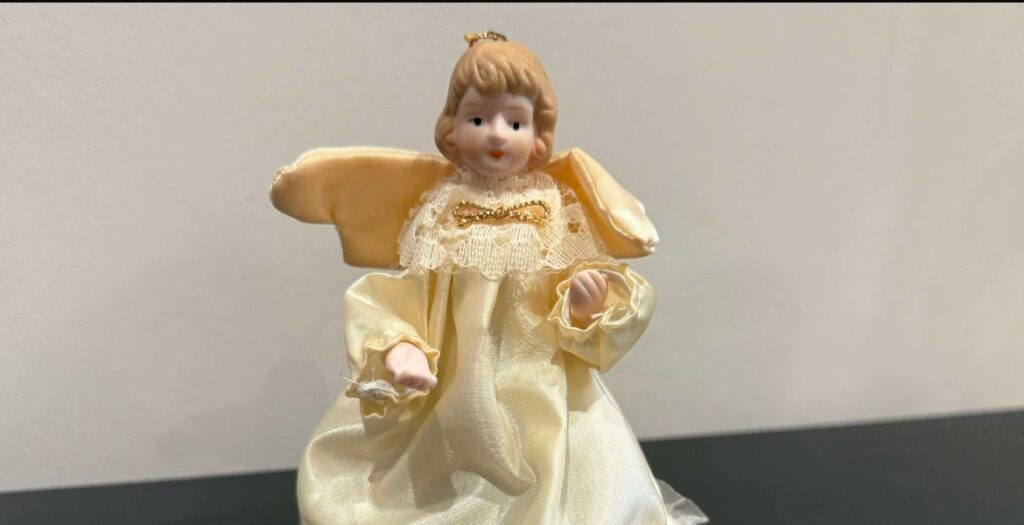Week 8: The Happiness Delusion – Why Chasing It Makes Us Miserable (and What Actually Works)
So far this season, we’ve survived missing Tupperware lids (chaos management), borrowed pens (micro-trust), cancelling plans (energy economics), talking to strangers (connection and courage), bathroom mirrors (private pep talks), ugly favourites (emotional kintsugi), and half-read books (unfinished curiosity).
This week, we close the series with the one everyone’s secretly chasing but never quite catching — happiness.
The glittery unicorn of modern life. The thing we’re told we should have all the time, preferably while glowing and drinking green juice.
The Trouble with Happiness
Happiness has become performance art. We used to just stumble into it — a good laugh, a warm pie, a Friday where the printer didn’t jam.
Now it’s a project. Something we have to work at.
We read books about it. Listen to podcasts about it. We even buy matching journals to track it.
But the more we try to measure happiness, the more it wriggles away like a soap bar in the bath.
Psychologists call it the hedonic treadmill — as soon as we get what we want, our brains move the goalposts. You feel happy for about ten minutes, then think, “Right, what’s next?”
It’s not failure. It’s biology. Dopamine rewards the chase, not the catch. So when you finally “arrive,” your brain’s already scanning the horizon for the next biscuit.
The Northern Angle
In the North, we don’t go around saying “I’m so happy.” We say things like “Not bad, ta,” or “Could be worse.”
It’s a humble kind of contentment — happiness without the jazz hands.
Happiness isn’t a festival. It’s a brew that doesn’t go cold and a day that doesn’t get on your nerves.
That’s northern enlightenment right there.
The Neuroscience Bit
Dopamine gives you the rush of pursuit. Serotonin gives you the calm of contentment. Oxytocin gives you the warmth of connection.
The problem? Most people chase dopamine and wonder why they still feel flat.
Lasting happiness — or subjective well-being if you’re trying to sound clever — comes from meaning, not momentary excitement.
So maybe happiness isn’t a destination. Maybe it’s a side effect of doing life with purpose, progress, and people.
The Wabi-Sabi of Happiness
Back in Week 6 we talked about wabi-sabi — finding beauty in imperfection, cracks, and chipped mugs that refuse to die.
It applies to happiness too. It’s not about perfection; it’s about presence.
Happiness isn’t all fireworks and confetti. It’s a bit messy, a bit quiet, and occasionally smells faintly of toast.
It’s the small, unremarkable moments that make you realise: “This’ll do.”
Why Chasing It Doesn’t Work
Because the moment you chase happiness, you turn it into a problem to solve.
You tell your brain, “I’ll be happy when…” — and your brain immediately makes a list of everything you still don’t have.
It’s like trying to chase your own shadow — you’ll never catch it, but you’ll look ridiculous in the attempt.
So What Actually Works?
1. Lower the Bar (Sensibly)
Happiness isn’t a 10/10 mood. It’s a 7/10 with biscuits.
Action: Ditch the idea of “constant joy.” Aim for “mostly fine with occasional moments of delight.”
2. Connect Instead of Collect
Happiness hides in connection, not consumption.
Action: Text someone who makes you laugh. Meet them for tea. Science says connection spikes oxytocin and makes everything feel less pointless.
3. Practise Gratitude Without Turning Into a Motivational Poster
Gratitude boosts serotonin (Emmons & McCullough, 2003), but it only works if it’s real.
Action: Write down three oddly specific things that made you smile. “I found my keys,” “My toast didn’t burn,” “Dog looked proud doing nothing.”
4. Stop Competing for Contentment
Comparison is the thief of joy and the landlord of misery.
Action: Unfollow anyone whose life looks like an advert. Nobody’s that zen — not even the yoga instructor.
5. Redefine Happiness as Enoughness
As the Swedes say, lagom — not too little, not too much. Just enough.
Action: Each night, ask, “What was enough today?” It’s a better question than “Was I happy?”
The Big Lesson Under Happiness
Happiness isn’t a goal. It’s a by-product of living in line with what matters.
It’s the moment between chaos and calm where you stop chasing and realise — this, right now, is okay.
The trick isn’t to find happiness. It’s to stop running long enough for happiness to find you.
And if it doesn’t? There’s always cake.
Season 2: The Big Round-Up
Eight weeks. Countless cups of tea. Far too many metaphors about mugs, pens, and emotional plumbing.
But together, they tell a story — not about productivity or success, but about being gloriously human.
Week 1: The Mystery of the Vanishing Tupperware Lids
Resilience isn’t about control — it’s about laughing when chaos wins.
Week 2: The Pen You Lent and Never Got Back
Trust grows in tiny, forgettable moments — like lending a pen and hoping it returns.
Week 3: The Joy of Cancelling Plans
Rest is rebellion. Saying no is a love letter to your future energy.
Week 4: The Strange Power of Talking to Strangers
Connection begins where small talk lives — one awkward “Nice weather, isn’t it?” at a time.
Week 5: The Bathroom Mirror Pep Talk
Confidence doesn’t arrive. It’s practised daily, often while brushing your teeth.
Week 6: The Magic of the Ugly Favourite
Perfection is overrated. Meaning lives in the cracked mug and the battered jumper.
Week 7: The Half-Read Book Problem
Curiosity beats completion. You don’t have to finish everything — just keep learning something.
Week 8: The Happiness Delusion
Stop chasing “happy.” Start noticing “enough.”
Eight weeks of soft stuff that turned out to be the hard stuff.
The messy, funny, everyday bits of life that no one teaches you about but everyone needs.
If you’ve read them all — brilliant.
If you’ve only read half — even better. That’s pure wabi-sabi.
Because the point of this series was never perfection.
It was to remind you that happiness, like everything else worth having, tends to hide in the small, slightly cracked, gloriously ordinary bits of life.



